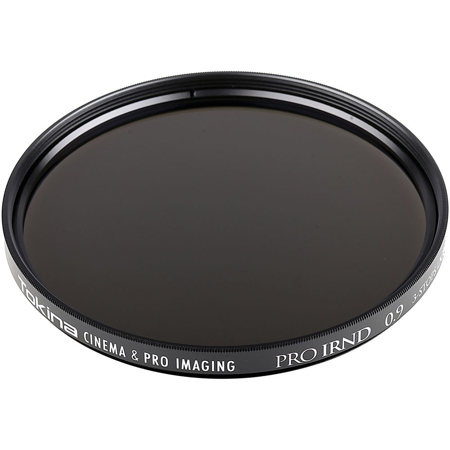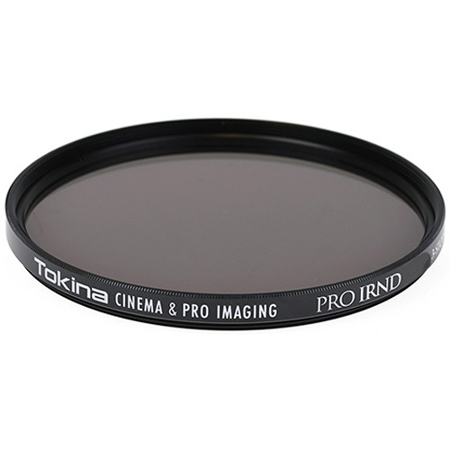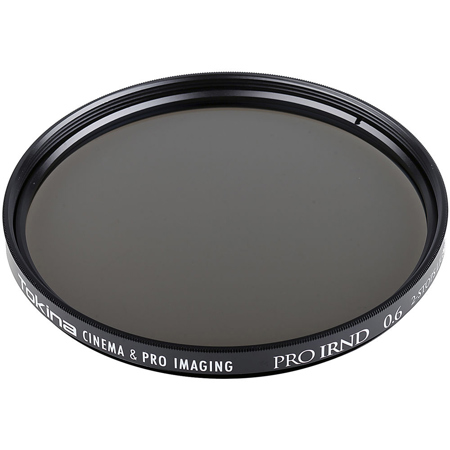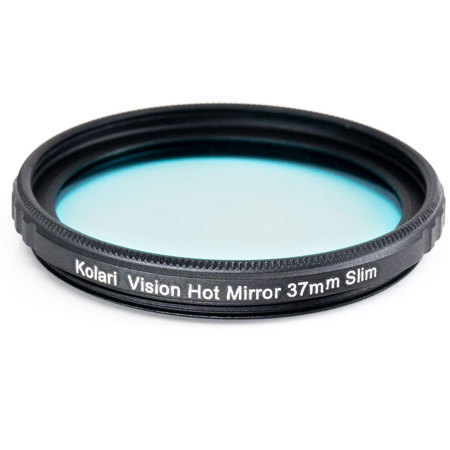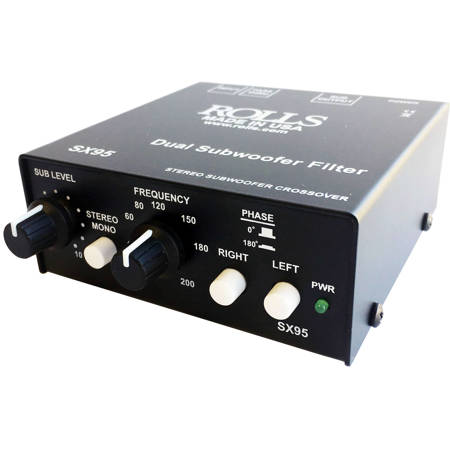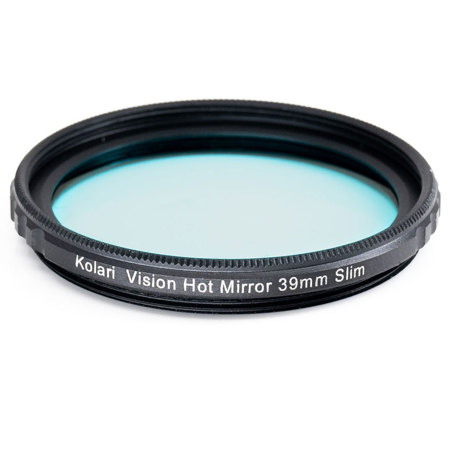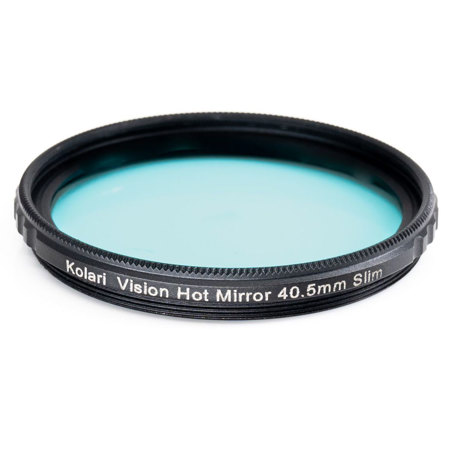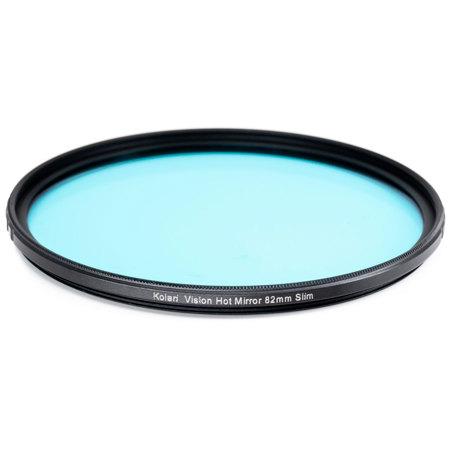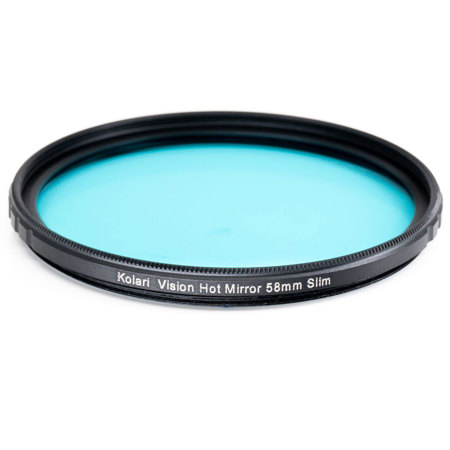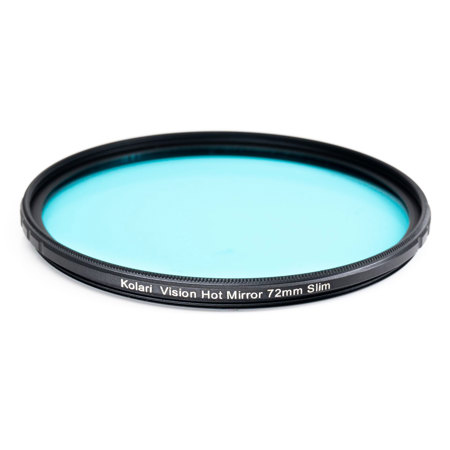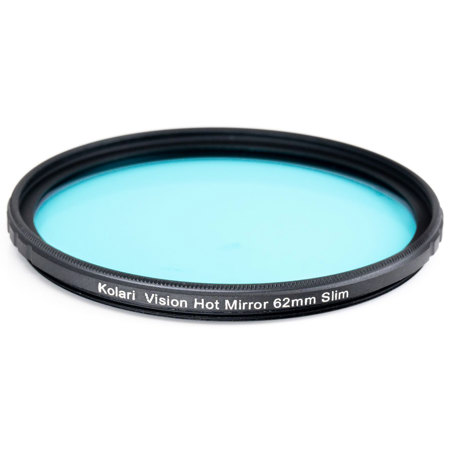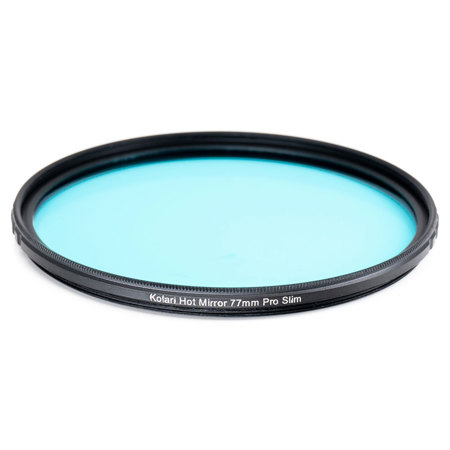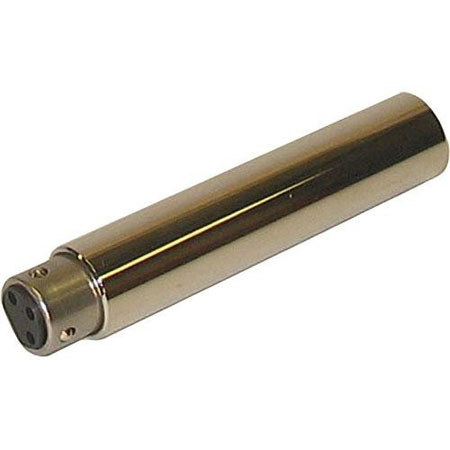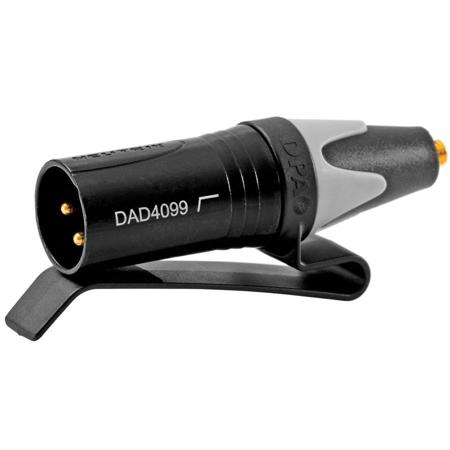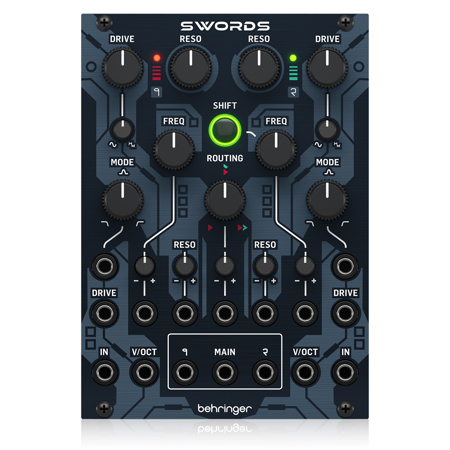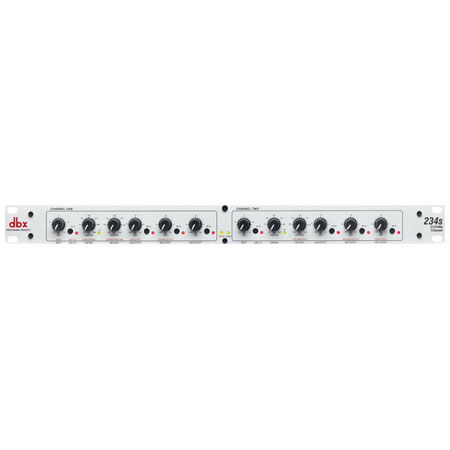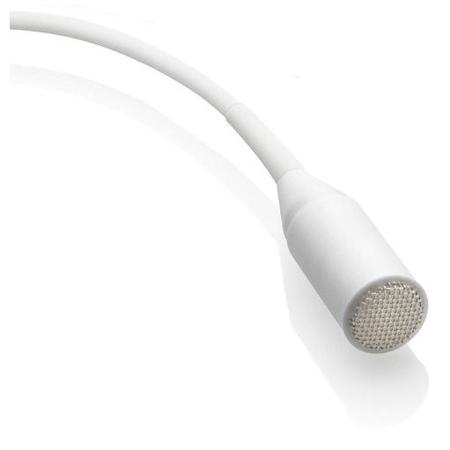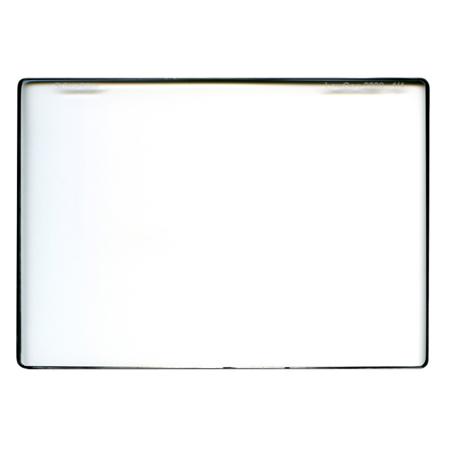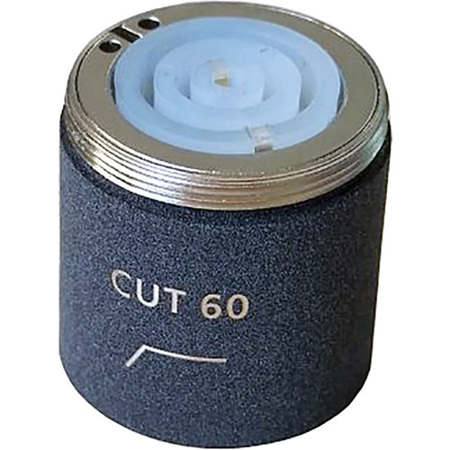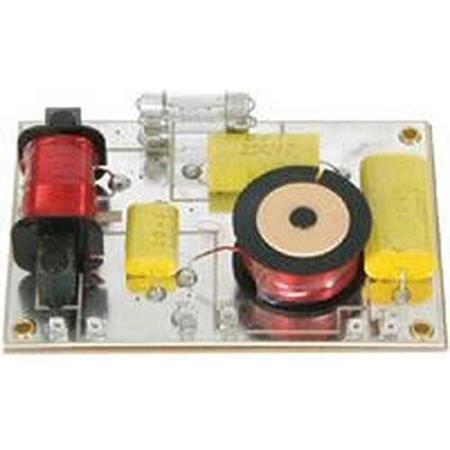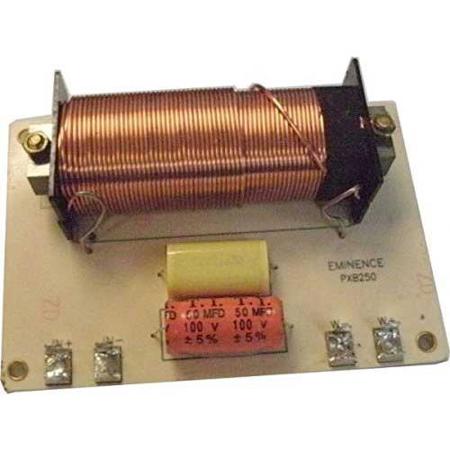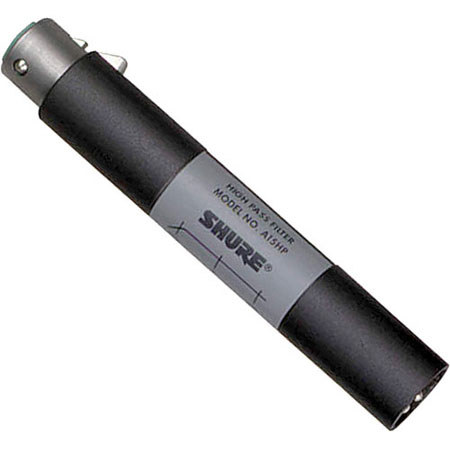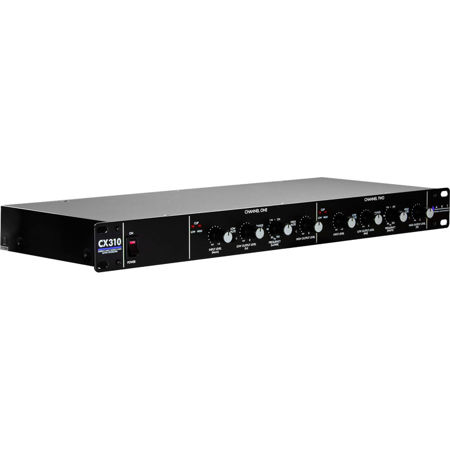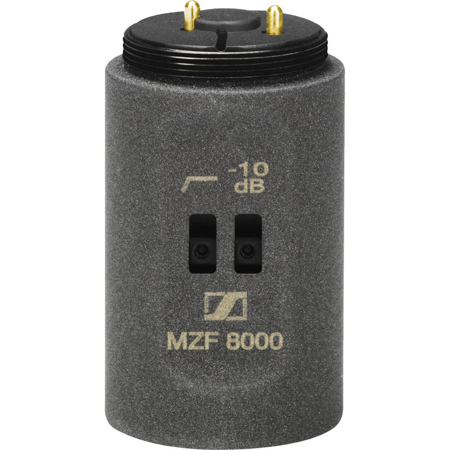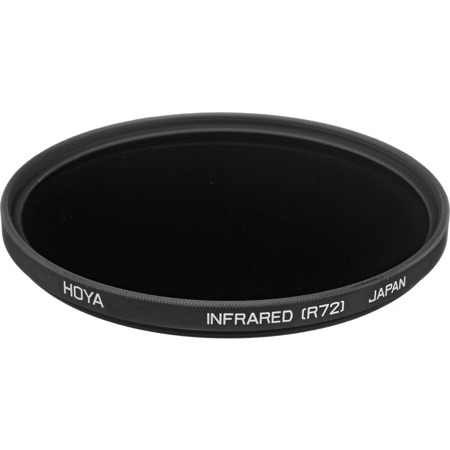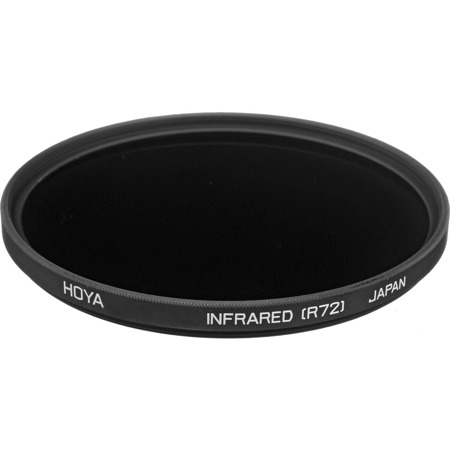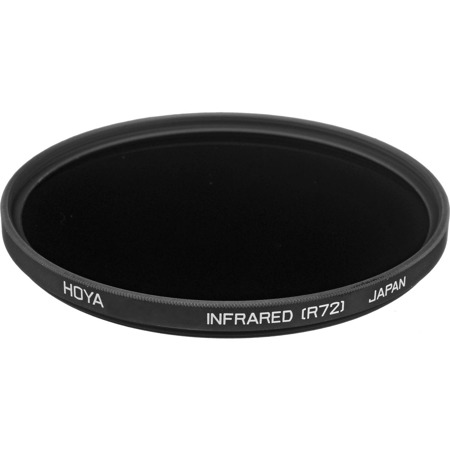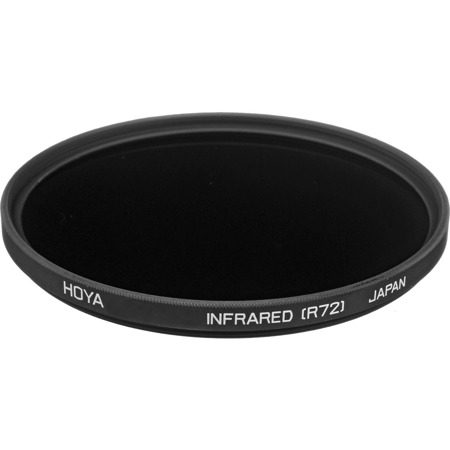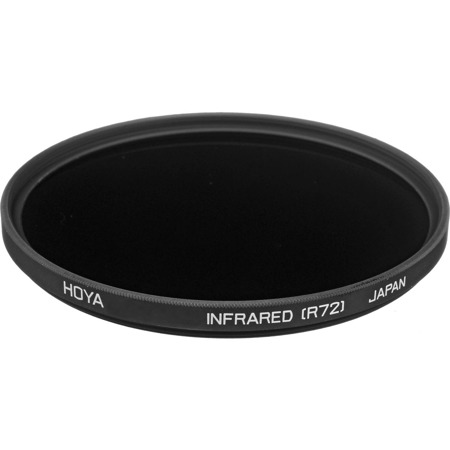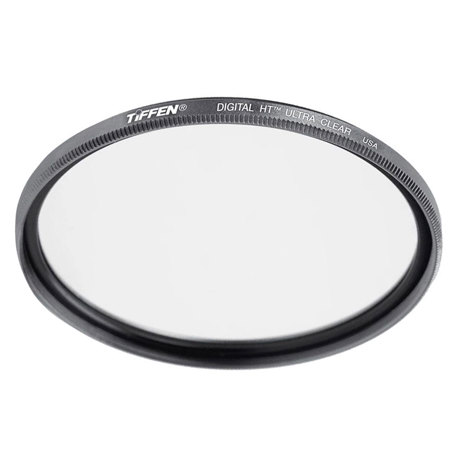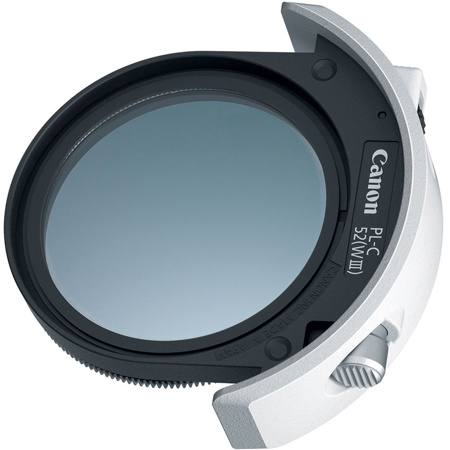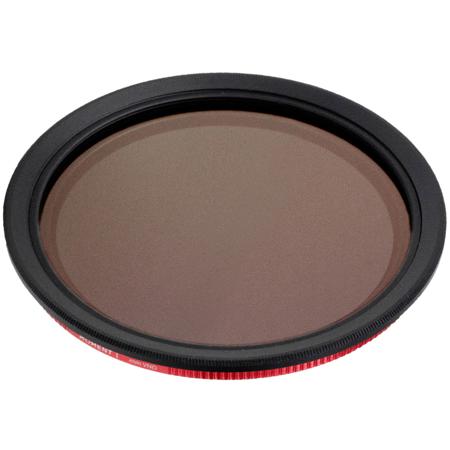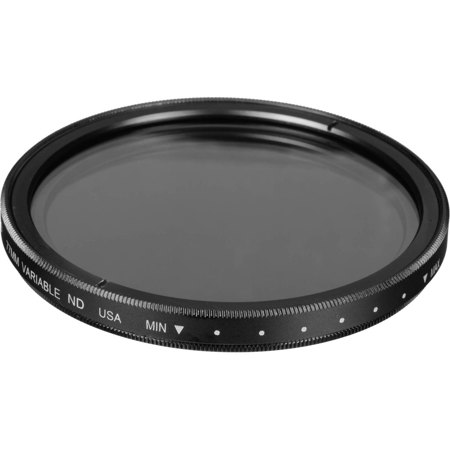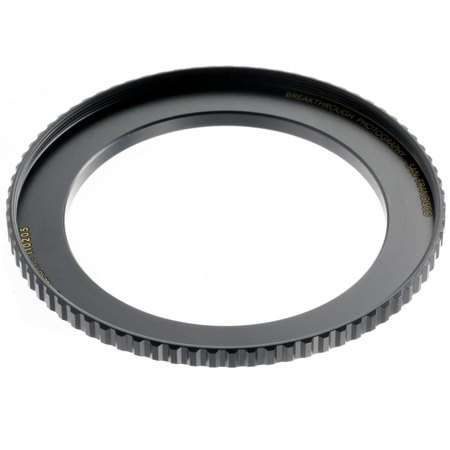Low Cut Filters
Low cut filters are an essential tool in any imaging professional’s kit, offering precise control over the frequencies or wavelengths that reach your camera sensor or audio recording device. Whether you’re an experienced cinematographer capturing the golden haze of late summer evenings, a sound engineer working to clarify dialogue amidst the hum of city life, or a passionate hobbyist looking to elevate your creative projects, low cut filters provide a level of finesse that can make all the difference. In photography and videography, these filters are often used to reduce unwanted infrared or ultraviolet light and to manage glare, haze, or atmospheric distortion, especially when shooting outdoors in the shifting light of August. For audio professionals, low cut (or high-pass) filters are invaluable for eliminating rumble, wind noise, or other low-frequency sounds that can muddy a recording, ensuring crisp and clear results even in challenging environments. The versatility of these filters makes them suitable for a wide range of applications, from documentary fieldwork to studio shoots, live concerts, and even podcasting setups at home.
When selecting a low cut filter, consider the specific needs of your workflow and the environments in which you typically shoot or record. For visual creators, factors such as filter thread size, optical quality, and coating are crucial. A well-constructed filter should fit seamlessly onto your lens without introducing unwanted color shifts or flare, preserving the integrity of your images while providing the desired effect. If you frequently shoot landscapes, cityscapes, or events during the long, sun-drenched days of late summer, a reliable low cut filter can help you maintain contrast and color fidelity, even when the air is thick with humidity or dust. For audio professionals, the choice may come down to the slope and cutoff frequency of the filter—details that can dramatically affect how natural or transparent your recordings sound. A gentle roll-off might be ideal for subtle environmental sounds, while a steeper filter is better suited for eliminating persistent mechanical noise or stage rumble during live performances. These nuances are often learned through experience; many professionals recall the first time a well-chosen filter saved a crucial shot or recording, turning a potentially unusable take into a highlight of their portfolio.
Low cut filters also make thoughtful, practical gifts for creatives at any stage of their journey. Aspiring filmmakers, budding photographers, and musicians alike will appreciate the tangible improvement these tools bring to their craft. Gifting a filter is more than providing a piece of equipment—it’s offering the recipient the opportunity to experiment, refine their technique, and achieve results that stand out in a crowded field. For those exploring other creative effects, you might suggest they also check out Soft Filters for a different approach to image and sound manipulation. As the season transitions and creative projects move from sunlit exteriors to the rich, atmospheric interiors of autumn, having the right filter on hand ensures your work remains consistent and polished. Whether you’re preparing for a new semester, gearing up for festival season, or simply looking to capture the fleeting beauty of late summer, a quality low cut filter is a small investment that yields significant returns in clarity, professionalism, and creative freedom.
When selecting a low cut filter, consider the specific needs of your workflow and the environments in which you typically shoot or record. For visual creators, factors such as filter thread size, optical quality, and coating are crucial. A well-constructed filter should fit seamlessly onto your lens without introducing unwanted color shifts or flare, preserving the integrity of your images while providing the desired effect. If you frequently shoot landscapes, cityscapes, or events during the long, sun-drenched days of late summer, a reliable low cut filter can help you maintain contrast and color fidelity, even when the air is thick with humidity or dust. For audio professionals, the choice may come down to the slope and cutoff frequency of the filter—details that can dramatically affect how natural or transparent your recordings sound. A gentle roll-off might be ideal for subtle environmental sounds, while a steeper filter is better suited for eliminating persistent mechanical noise or stage rumble during live performances. These nuances are often learned through experience; many professionals recall the first time a well-chosen filter saved a crucial shot or recording, turning a potentially unusable take into a highlight of their portfolio.
Low cut filters also make thoughtful, practical gifts for creatives at any stage of their journey. Aspiring filmmakers, budding photographers, and musicians alike will appreciate the tangible improvement these tools bring to their craft. Gifting a filter is more than providing a piece of equipment—it’s offering the recipient the opportunity to experiment, refine their technique, and achieve results that stand out in a crowded field. For those exploring other creative effects, you might suggest they also check out Soft Filters for a different approach to image and sound manipulation. As the season transitions and creative projects move from sunlit exteriors to the rich, atmospheric interiors of autumn, having the right filter on hand ensures your work remains consistent and polished. Whether you’re preparing for a new semester, gearing up for festival season, or simply looking to capture the fleeting beauty of late summer, a quality low cut filter is a small investment that yields significant returns in clarity, professionalism, and creative freedom.
